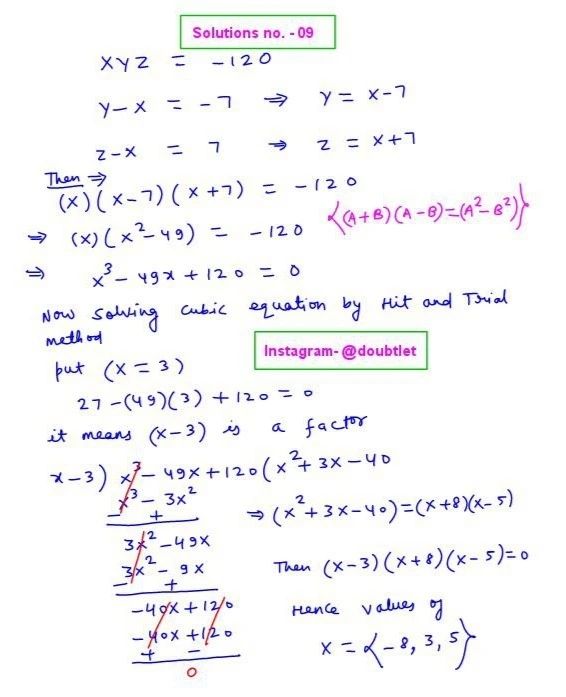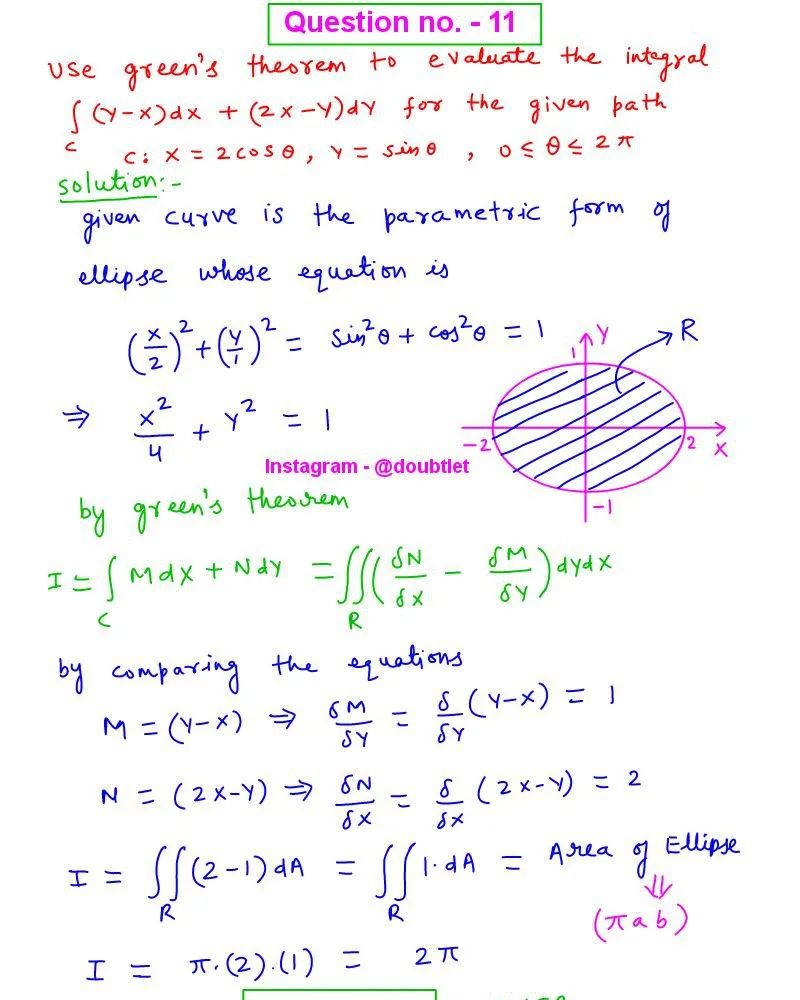









Tan Inverse Calculator
This calculator will help you to calculate the tan inverse of given values in radians or degrees with the steps shown.Related Calculators:Tan Value CalculatorCot Inverse Calculator
Loading...

Neetesh Kumar | September 09, 2024
Share this Page on:
![]()
![]()
![]()
![]()
![]()
- 1. Introduction to the Tan inverse calculator
- 2. What is the Formulae used & conditions required ?
- 3. How do I find the Tan inverse for a given value ?
- 4. Why choose our Tan inverse Calculator?
- 5. A Video for explaining this concept
- 6. How to use this calculator ?
- 7. Solved Examples
- 8. Frequently Asked Questions (FAQs)
- 9. What are the real-life applications?
- 10. Conclusion
1. Introduction to Tan inverse calculator
Embark on a journey into trigonometry as we explore the tan inverse calculator, often denoted as tan⁻¹ or arctan. This guide aims to unravel the mysteries behind finding the tan inverse value for a given number, providing insights into its application and relevance.
Tan inverse is the inverse function of the tangent trigonometric function. It helps us find the angle whose tangent is a given value. With the help of a calculator and inverse, the process becomes quick and efficient.
2. What is the Formulae used & conditions required?
For an angle θ in degrees or radians:
Tan⁻¹(θ) = Angle whose tangent is θ. This formula can be easily applied using a tan inverse formula calculator or even manually by understanding the concept.
The domain of the tan inverse is all real numbers, R.
The range of tan inverse is from in radians or (-90°, 90°) in degrees. If you need assistance with these conversions, an inverse tan calculator can help.
Here's a quick reference for common tangent values:
| Tan Value | Tan) |
|---|---|
| 0 | |
| 1 | or |
| or |
3. How do I calculate the tan inverse for a given value?
To calculate the tan inverse of a value:
- Determine the tangent value for which you want to find the angle.
- Use the formula tan⁻¹(θ) = Angle whose tangent is θ. You can either calculate manually or use a tan inverse x calculator for accuracy.
- Ensure you use the correct unit—degrees or radians—for the result. If you’re using a calculator, tools like the tan inverse value calculator or the calculator tan⁻¹ can easily guide you through the process.
4. Why choose our tan inverse for a given value calculator?
Our tan inverse calculator provides a user-friendly interface that makes it accessible to students and professionals. The process is seamless, whether you're calculating tan inverse 1 value or exploring more complex angles like tan inverse 5.
Our calculator saves you valuable time and effort. No more manual calculations—enter your value and get the tan inverse calculation within seconds.
Using mathematical formulas, our calculator with tan inverse ensures 100% accuracy, eliminating any errors that might occur with manual calculations.
Our calculator can handle all input values, whether integers, fractions, or real numbers. For instance, if you're calculating tan inverse 5 in degrees, the result is swift and precise.
Along with this tool, we offer other resources, including a tan value calculator, an inverse tan calculator in degrees, and other trigonometric tools to enhance your understanding.
5. A video based on how to find the tan inverse for a given value.
6. How to use this calculator
Our tan inverse calculator helps you find the tan inverse of any value. Just input your value, click "Calculate," and a step-by-step solution will be displayed on the screen. You can share, download, or print your results as needed.
7. Solved Example
Find the value of tan ?
tan = or
Find the value of tan ?
tan = -tan = or
8. Frequently Asked Questions (FAQs)
Can tan inverse produce negative values?
Tan inverse can produce positive and negative values based on the input.
Is tan inverse the same as arctan?
Yes, tan inverse is often denoted as tan⁻¹ or arctan.
What is the tan inverse of 0?
The tan inverse of 0 is 0.
Does tan inverse have a periodic nature?
Yes, the tan inverse is periodic with a period of π.
In what real-life scenarios is tan inverse used?
Tan inverse finds applications in physics, engineering, and computer science, particularly in calculating angles and rotations.
9. What are the real-life applications?
In robotics, the tan inverse function is crucial for calculating the angles of joints in robotic arms, ensuring precise movements. Whether it's the tan inverse of 3 or calculating angles for a complex machine, this function simplifies it.
10. Conclusion
Exploring the tan inverse function opens doors to understanding angles in new ways. Tools like the tan inverse calculator make finding values like tan inverse 1 or tan inverse of 0 effortless. Whether you're solving complex trigonometric problems or working on engineering projects, the tan inverse function is an indispensable tool. Mastering its use will empower you to solve real-world challenges with confidence.
If you have any suggestions regarding the improvement of the content of this page, please write to me at My Official Email Address: doubt@doubtlet.com
Are you Stuck on homework, assignments, projects, quizzes, labs, midterms, or exams?
To get connected to our tutors in real-time. Sign up and get registered with us.
Sin inverse
Cos inverse
Cot inverse
Sec inverse
Cosec inverse
Calculate Tan value
Hyperbolic Tan value
Inverse Hyperbolic Tan value
Comments(0)













Leave a comment